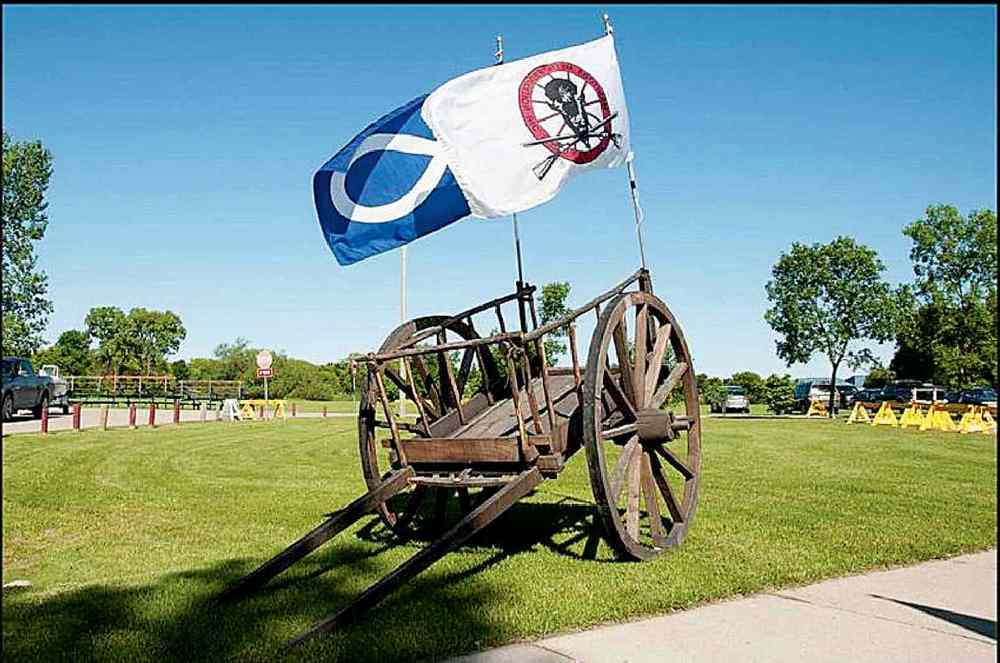RM of Cartier is part of the Métis homeland
Advertisement
Hey there, time traveller!
This article was published 21/03/2014 (4286 days ago), so information in it may no longer be current.
The countdown begins …
2014 marks the 100th year since the incorporation of the Rural Municipality of Cartier and events are being planned to celebrate this occasion. Reserve the weekend of June 13 and 14, 2014 to attend this 100th birthday of Cartier. During this countdown to the centennial celebration, articles will be printed in The Headliner to highlight various aspects of the RM of Cartier — past, present and future.
Watch this space for more highlights about Cartier!

THE MÉTIS IN CARTIER
The Métis of the Red River region were descendants of people of Aboriginal and European descent, mostly of Cree or Ojibwa women and French-speaking men from eastern Canada. The RM of Cartier has been part of the homeland of the Métis since their origin in western Canada.
The Assiniboine River was one of the main tributaries used by Native and European people for transportation and trade from the Red River to the Qu’Appelle Valley and west. The White Horse Plains was also one of the main areas occupied and used by the Métis for hunting, particularly hunting buffalo.
The Métis of the Red River region experienced hardships after Manitoba’s entry into Confederation because their economic system, which was based on trapping, fur trading and buffalo hunting, collapsed during the 1870s.
The Manitoba Act was amended by the federal government to allow the sale of Métis lands with or without their consent. Lands within the Municipality of Cartier were given up by the signatories of Treaty 1 in 1871.
At least half the Métis population moved west after they lost title to their lands in the 1870s. Many descendants of the Métis within the Cartier municipality have maintained contact with relatives in Saskatchewan and many residents of native communities in Alberta can trace their roots to the Red-Assiniboine River basin.
Most of the Métis that left the Red River in the 1870s followed Louis Riel’s leadership, fought for their rights, and gave up their lives in battles in 1885 at Batoche and Fish Creek.
A number of Métis from Cartier have played a prominent role in the development of the Manitoba Métis Federation whose aims are to improve the social, economic, political and education aspirations of its constituents. Such organizations have, in recent times, made it possible for Canadians to have a better understanding of the Métis who have had a long history in Cartier and in Manitoba.
Information from Treasures of Time
— contributed by Vicki McLennan
The Treasures of Time Municipal History Book was completed in 1984 and a second book is now being worked on to complete the 100 years. The book will be sold at the end of 2014.




